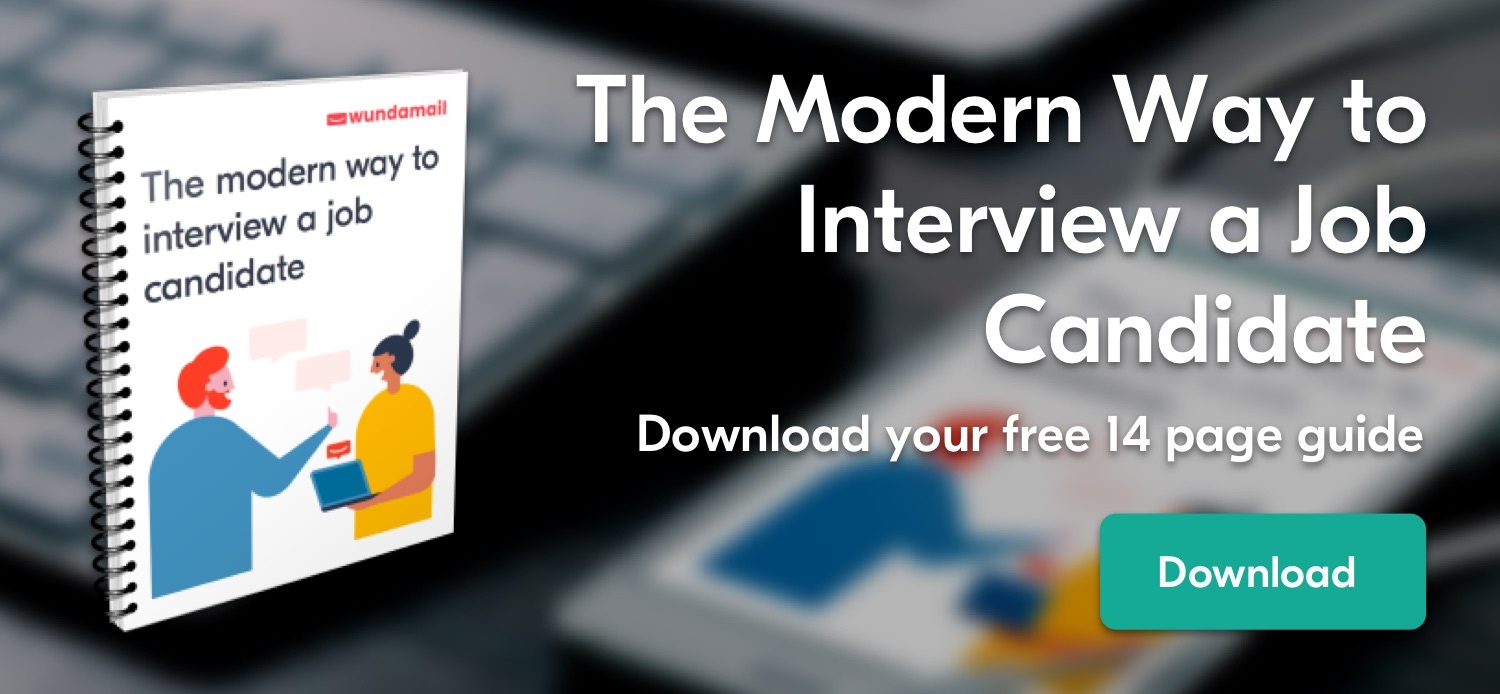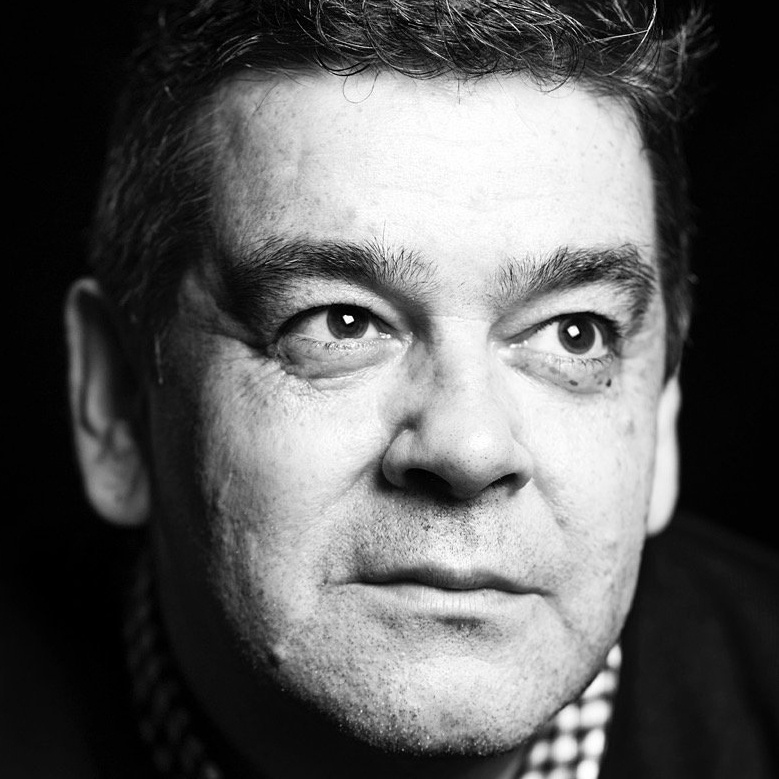So there you are, you’re sitting in work say, reading this blog on the Wundamail site. What would happen if one of your peers walked in the room right now. Would you change the way you carry yourself? Would you sit differently or alter your position in any way? What if it's one of your employees who walks in? How would you react then? What signals are you giving off to these people, and how are they different? Its an interesting point.
Whether in our business or personal lives, studies show that the great majority of our communication is non-verbal. We rely on visual hints and messages to enhance the message. When we complain that email or text feels like a cold communication method, there’s a strong case to argue that its because we’re not receiving those essential visual signals we rely on so much at the same time. Those hints and signals help convey the message. In fact, the message can often be interpreted a completely different way without them. Without the guidance of body language, we’re often only getting half the story.
These non-verbal clues, and our ability to recognise them, are a central part of our natural communication skills. We've been using them since birth. We know, for instance, during a presentation or meeting when the people we’re addressing are engaging with our ideas. And we know when they’re not. We understand the negative signals; arms folded, poor eye contact, fidgeting. And we know the positive signals; good eye contact, open hand gestures, uncrossed arms and legs, smiles.
These are just the more obvious signals. The pitch and tone of the voice, posture, people’s breathing rates, skin tone (when flushed red) all go towards us understanding the message. Because of this, we’ve learnt to adapt the message even as we’re delivering it. We pick up on the signals and react by changing our approach.
Body language helps us projects a positive image. When we need others to engage with what we’re saying, it can be a useful tool.
We make ourselves bigger, by occupying more space. Standing straight, with shoulders back and using open arm and hand gestures as well as using slow and deliberate speech shows others that we mean what we’re saying and that they should listen. Keeping good eye contact and a smile will always help engage.
Imagine being in an interview, or negotiating a deal. You’re asked a question. How do you respond? Do you just fire off the first thing that comes into your head? Tell them what you think they want to hear? Or do you take a moment to consider the question before answering? One of these is certainly the right way to use non-verbal communication. In that brief moment of silence while you consider the question, you’re sending the message that the other person has asked a good and important question, and that you’re taking it seriously. In many ways, you’re transmitting as much information in that short period before your answer as you are in the answer itself.
Our understanding of body language and how to use and interpret it is in itself a powerful communication tool. But like every tool, it can also be used in a negative or unwelcome way. We’ve all experienced salesman who use these signals to persuade us towards a decision they know we don’t want to take. We know their ways, and we like to think we can spot them.
We all learnt the power of non-verbal communication as babies, and we carry it through life with us. We use it to convey our mood and motivation and to understand the emotions and thought patterns in others. In business, everything depends on open, honest and clear communication, and body language is a powerful tool to both use and understand.




